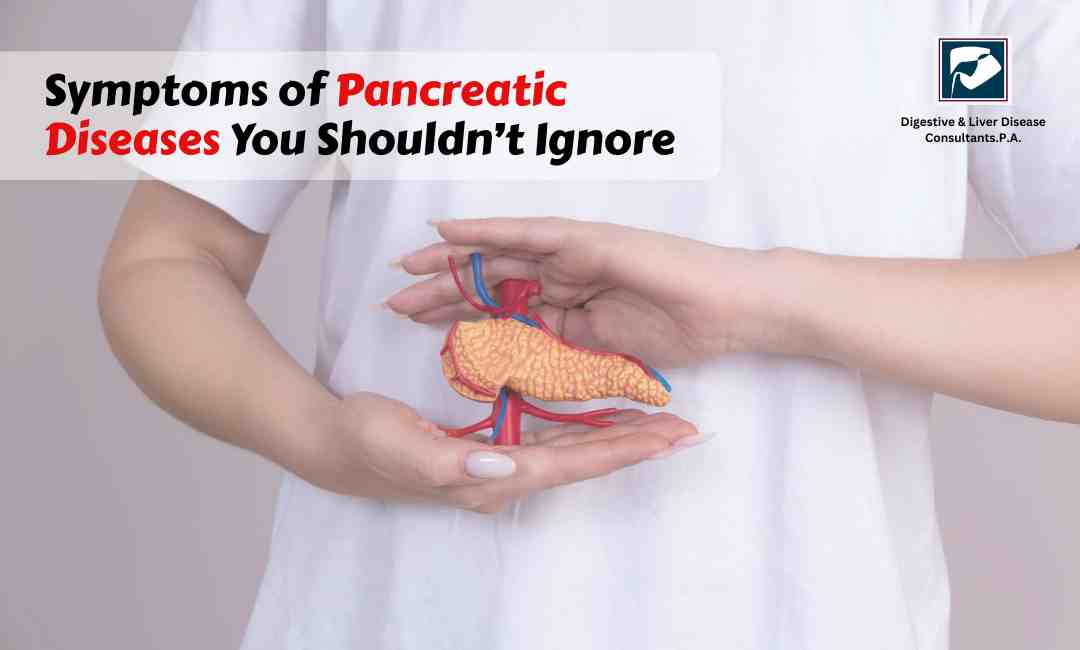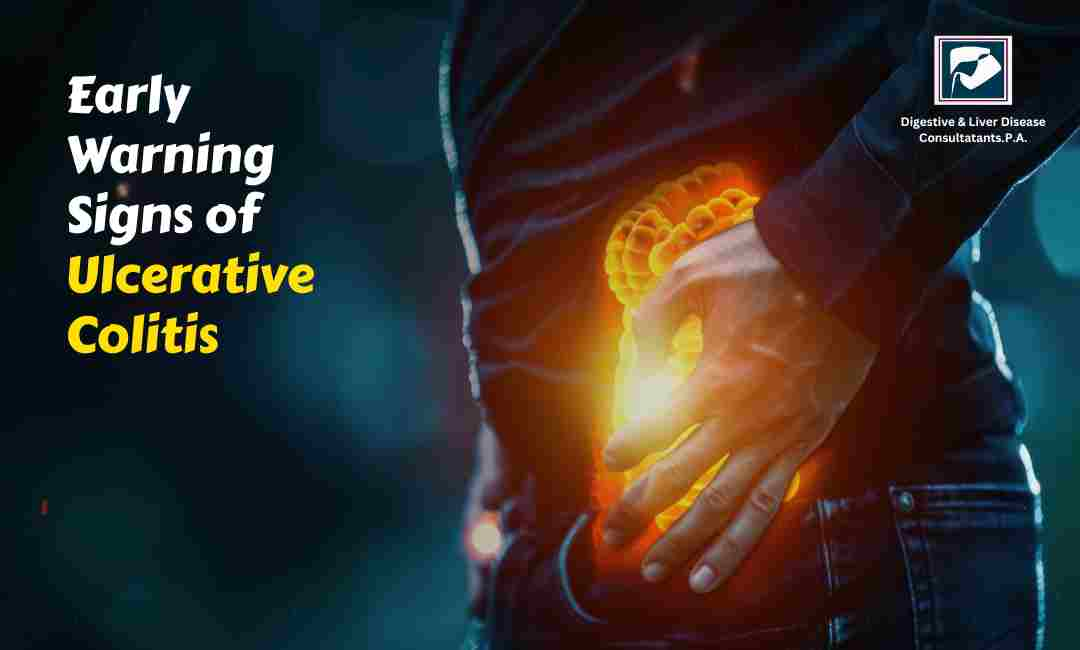Barrett’s Esophagus: What You Need to Know and When to Seek Help
When it comes to digestive health, it’s easy to overlook certain conditions until they become more serious. One such condition is Barrett’s Esophagus, a disorder that often starts silently but can have significant consequences if left untreated. In this blog, we'll dive into the details of Barrett’s Esophagus, how it develops, who’s at risk, potential complications, and most importantly, how early detection and treatment can make a world of difference.
Let’s explore everything you need to know about Barrett’s Esophagus and how it connects to your overall gastrointestinal health!
What Is Barrett’s Esophagus?
Barrett’s Esophagus is a condition where the lining of your esophagus—the tube that connects your throat to your stomach—changes. Normally, the esophagus has a lining of flat, squamous cells, but in Barrett’s Esophagus, this lining becomes more like the lining of your intestine. This happens because of prolonged exposure to stomach acid, which occurs with gastroesophageal reflux disease (GERD).
Over time, repeated acid reflux causes irritation and damage to the esophageal lining, leading to the cellular changes seen in Barrett’s Esophagus. While not everyone with GERD develops Barrett’s, it significantly increases the risk.
Why Should You Care About Barrett’s Esophagus?
The real concern with Barrett’s Esophagus is its connection to esophageal cancer. Though most people with this condition won’t develop cancer, having Barrett’s Esophagus increases your risk of esophageal adenocarcinoma, a serious form of cancer. This makes early detection and regular monitoring critical.
Think of it like a small crack in your car’s windshield—it may seem minor, but if ignored, it can worsen, leading to bigger problems. Similarly, Barrett’s Esophagus can lead to severe complications if left unchecked.
Who Is at Risk for Barrett’s Esophagus?
Barrett’s Esophagus isn’t something that affects everyone, but there are certain groups of people who are more likely to develop it. Understanding these risk factors can help you stay vigilant:
- Chronic GERD: People with long-term acid reflux are at the highest risk. If you’ve been dealing with heartburn or regurgitation for more than a few years, you could be at risk.
- Age: Barrett’s Esophagus is more common in people over the age of 50.
- Gender: Men are more likely than women to develop the condition.
- Race: Caucasians have a higher risk compared to other racial groups.
- Obesity: People who are overweight, especially those with excess abdominal fat, are at increased risk.
- Smoking: Current and former smokers are more likely to develop Barrett’s Esophagus.
Symptoms of Barrett’s Esophagus
Barrett’s Esophagus doesn’t always come with clear symptoms. In fact, many people may not know they have it until they undergo an upper endoscopy for another reason. When symptoms are present, they are usually related to GERD and can include:
- Frequent heartburn
- Difficulty swallowing (dysphagia)
- Regurgitation of food or sour liquid
- Chest pain
If you’ve been dealing with any of these symptoms for an extended period, it’s time to consider seeing a gastroenterologist. However, the only way to definitively diagnose Barrett’s Esophagus is through an upper endoscopy.
Complications of Barrett’s Esophagus
The reason Barrett’s Esophagus requires careful attention is due to the potential complications associated with it:
- Esophageal Cancer: The most serious complication of Barrett’s Esophagus is the increased risk of developing esophageal adenocarcinoma. Although this type of cancer is relatively rare, it is highly aggressive. That’s why regular monitoring through endoscopy is so important.
- Esophageal Ulcers: The damaged tissue in the esophagus can sometimes form ulcers, leading to pain, bleeding, and further complications like difficulty swallowing or chronic chest discomfort.
- Strictures: Chronic acid exposure and damage can lead to the narrowing of the esophagus (strictures), making it difficult to swallow solid foods.
- GERD Complications: Barrett’s Esophagus is closely related to GERD, which, if left untreated, can lead to chronic inflammation, scarring, and additional damage to the esophagus.
These complications highlight the importance of early diagnosis and consistent management to prevent the condition from progressing.
How Is Barrett’s Esophagus Diagnosed?
The only way to confirm Barrett’s Esophagus is through an upper endoscopy. During this procedure, a gastroenterologist uses a thin, flexible tube with a camera (an endoscope) to examine your esophagus. They may take small tissue samples (biopsies) to check for the cellular changes characteristic of Barrett’s Esophagus.
Early diagnosis is key because it allows for more effective management, helping to reduce the risk of complications like esophageal cancer.
Treatment Options for Barrett’s Esophagus
Once diagnosed, the primary goal is to manage Barrett’s Esophagus and minimize the risk of cancer. There are several treatment options, depending on the severity of your condition.
- Medication Management: Controlling GERD is the first line of defense. Proton pump inhibitors (PPIs) are commonly prescribed to reduce stomach acid and help protect the esophageal lining from further damage.
- Endoscopic Therapy: For patients with precancerous changes (dysplasia), doctors may recommend endoscopic therapies. These can include:
- Radiofrequency Ablation (RFA): This procedure uses heat energy to destroy abnormal tissue.
- Endoscopic Mucosal Resection (EMR): A minimally invasive method to remove small areas of abnormal tissue during endoscopy.
- Surgery: In rare cases, patients with high-risk dysplasia or early-stage cancer may require esophagectomy, the surgical removal of part of the esophagus.
Living with Barrett’s Esophagus: Lifestyle Tips
- Managing Barrett’s Esophagus is not just about medical treatment; lifestyle changes can also play a huge role in reducing your symptoms and lowering your risk of complications:
- Maintain a Healthy Weight: Obesity is a significant risk factor for GERD and Barrett’s Esophagus. Losing weight can help reduce acid reflux symptoms.
- Avoid Trigger Foods: Certain foods can aggravate acid reflux, such as spicy foods, caffeine, alcohol, and fatty meals. Avoiding these can help keep your GERD symptoms in check.
- Quit Smoking: Smoking not only damages the esophagus but also increases your risk of esophageal cancer.
- Elevate Your Bed: Sleeping with the head of your bed raised can prevent acid from flowing back into your esophagus while you sleep.
Why You Should See a Gastroenterologist
If you’ve been dealing with chronic GERD, have risk factors for Barrett’s Esophagus, or have experienced any of the symptoms mentioned, it’s time to see a specialist. Digestive & Liver Disease Consultants (DLDC) specializes in diagnosing and treating Barrett’s Esophagus and other gastrointestinal issues. Early detection and proper management can significantly reduce your risk of complications.
Conclusion: Take Charge of Your Digestive Health
Barrett’s Esophagus might not show obvious symptoms, but ignoring it can lead to severe consequences like esophageal cancer. If you’ve been struggling with chronic heartburn, difficulty swallowing, or any other GERD-related symptoms, now is the time to act.
At Digestive & Liver Disease Consultants (DLDC), our team of specialists is dedicated to providing top-notch care. From diagnosis to treatment, we guide you every step of the way, ensuring your digestive health is in expert hands.
Consult DLDC today to schedule an evaluation and take control of your gastrointestinal health!






